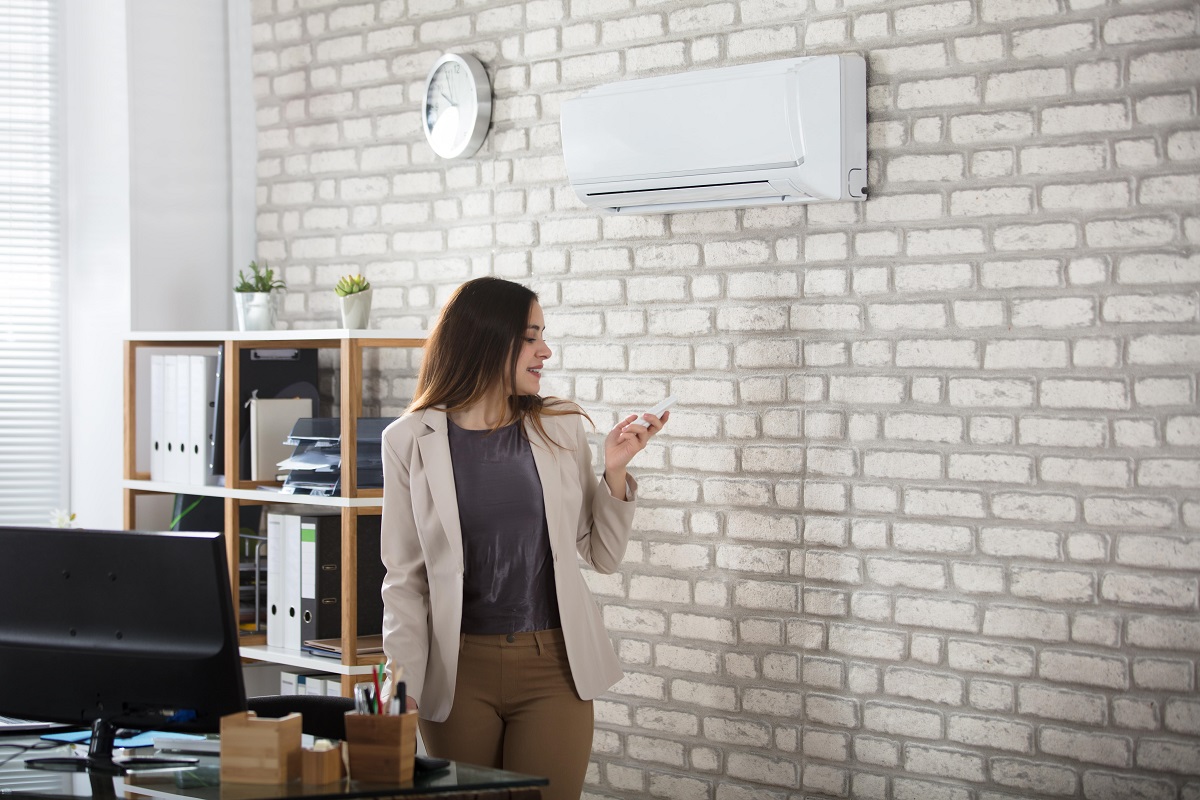

Articles
How To Make My AC Colder
Modified: January 20, 2024
Learn effective strategies in these articles on how to make your AC colder and create a more comfortable living environment.
(Many of the links in this article redirect to a specific reviewed product. Your purchase of these products through affiliate links helps to generate commission for Storables.com, at no extra cost. Learn more)
Introduction
Welcome to our guide on how to make your air conditioner (AC) colder! As the temperatures rise during those hot summer months, it’s essential to have a cool and comfortable home environment. If your AC isn’t cooling as effectively as you’d like, there are several steps you can take to improve its performance. In this article, we’ll explore some practical tips to maximize your AC’s cooling potential, ensuring that you can beat the heat and enjoy a refreshing indoor climate.
An air conditioner works by removing heat and moisture from the air in your home, leaving behind cool and dehumidified air. However, there are a few factors that may hinder your AC’s ability to achieve optimal cooling. These can include clogged air filters, a dirty condenser unit, obstructions around the condenser, improper thermostat settings, and excessive heat generated inside your home. By addressing these issues, you can enhance your AC’s cooling capacity and create a more comfortable living space.
Throughout this guide, we’ll explore each of these areas in detail and provide you with practical solutions to make your AC colder. From simple maintenance tasks to strategic adjustments, we’ll cover all the bases to help you optimize your AC’s performance. By following these steps, you’ll not only improve your indoor comfort but also potentially save on energy costs by allowing your AC to operate more efficiently.
So, if you’re ready to beat the heat and experience a chillier home environment, let’s dive into the details of keeping your AC running at its best! Let’s start with the first step: checking and cleaning the air filters.
Key Takeaways:
- Keep your AC running at its best by regularly checking and cleaning air filters, keeping the condenser unit clean, and clearing the area around the condenser. Adjust thermostat settings and use fans to maximize cooling efficiency.
- Reduce heat inside your home by minimizing use of heat-generating appliances, utilizing window coverings, and considering external sunshades or awnings. Installing a programmable thermostat can provide greater control over cooling and potential energy savings.
Read more: How To Make My AC Colder In My Car
Check and Clean the Air Filters
One of the most common reasons for an AC not cooling effectively is dirty or clogged air filters. Over time, air filters can become filled with dust, dirt, and other particles, inhibiting the airflow and reducing the cooling capacity of your AC. Therefore, it’s crucial to regularly check and clean or replace the air filters to ensure proper airflow and optimal cooling performance.
To start, locate the air filters in your AC system. In most cases, you can find them behind a removable panel on the indoor unit or in the return air grille. Once you’ve located the filters, remove them carefully. Take a close look at the filters to assess their condition. If they are visibly dirty or clogged, it’s time for cleaning or replacement.
If the filters are washable, you can clean them by rinsing them under running water. Use a gentle stream of water to remove any trapped debris and dirt. For stubborn dirt and grime, you can use a mild detergent or a filter cleaning solution. After cleaning, allow the filters to air dry completely before reinserting them into the AC unit.
If the filters are disposable, it’s best to replace them with new ones. Disposable filters are typically more efficient in trapping dust and allergens and are designed to be replaced at regular intervals. Refer to your AC manufacturer’s guidelines to determine the recommended filter replacement schedule for your specific unit.
By ensuring clean and unobstructed air filters, you allow the maximum flow of air through your AC system. This improved airflow helps to achieve better cooling performance, allowing the cool air to circulate efficiently throughout your home. Remember to check and clean or replace the air filters at least once every month or according to the manufacturer’s recommendations.
Now that you’ve taken care of the filters, let’s move on to the next step: keeping the condenser unit clean.
Keep the Condenser Unit Clean
The condenser unit of your air conditioner plays a crucial role in cooling the air that circulates through your home. It is located outside and is exposed to various environmental elements such as dust, leaves, and dirt. Over time, this can lead to a build-up of debris and hinder the condenser’s ability to release heat effectively. Therefore, it’s essential to keep the condenser unit clean to maximize its cooling efficiency.
To begin, ensure that the power to the AC unit is turned off. Safety first! Next, visually inspect the condenser unit and remove any visible debris or objects that may be obstructing the unit’s airflow. Clear away leaves, grass clippings, branches, or any other debris that may have accumulated on or around the unit.
After removing the visible debris, it’s time to clean the condenser coil. The condenser coil is responsible for transferring heat from the indoor air to the outdoor environment. Over time, it can get dirty and reduce the efficiency of the cooling process. Using a soft brush or a vacuum cleaner with a brush attachment, gently clean the coils, removing any dirt, dust, or buildup. Be careful not to put too much pressure on the fins or bend them, as this can impact the unit’s performance. If the coil is heavily soiled, you may consider using a coil cleaner specifically designed for AC units, following the manufacturer’s instructions.
Additionally, check the condenser’s fan blades for any dirt or debris. Use a soft cloth or a brush to clean the blades carefully. It’s important to ensure that the fan blades can rotate freely and without obstruction, as this promotes proper airflow for optimum cooling efficiency.
Once you’ve completed the cleaning process, restore power to the AC unit and observe if there are any noticeable improvements in its cooling performance. Remember to repeat this cleaning process at least once a year or as needed, depending on the local environmental conditions and the level of debris accumulation.
Now that you’ve kept the condenser unit clean, let’s move on to the next step: clearing the area around the condenser.
Clear the Area around the Condenser
In addition to keeping the condenser unit clean, it’s important to ensure that the area around the condenser remains clear and unobstructed. This allows for proper airflow and prevents any external factors from hindering the cooling process of your air conditioner.
Start by removing any objects or vegetation that are within a two-foot radius of the condenser unit. This includes items such as furniture, potted plants, garden tools, or any other items that may impede the airflow around the unit. By creating a clear space around the condenser, you allow the air to flow freely and promote efficient cooling.
Furthermore, pay attention to any nearby shrubs, trees, or bushes that may have overgrown and encroached upon the condenser. Trim or prune these plants to maintain a clearance of at least one foot on all sides of the condenser. This ensures that branches or leaves do not obstruct the condenser’s airflow or get tangled in the fan blades.
Additionally, be mindful of the presence of tall grass or weeds near the condenser unit. These can obstruct the intake and exhaust vents, reducing the airflow and hindering the cooling process. Regularly mow the lawn and remove any weeds or grass around the condenser to maintain a clear and unobstructed area.
By clearing the area around the condenser unit, you optimize the airflow and prevent any external factors from impeding the cooling process. This simple step can significantly improve your AC’s cooling efficiency and ensure a more comfortable indoor environment.
Now that you’ve cleared the area around the condenser, let’s move on to the next step: adjusting the thermostat settings.
Adjust the Thermostat Settings
The thermostat is the control center of your air conditioning system, allowing you to set and adjust the desired temperature in your home. Optimizing your thermostat settings can help you achieve a cooler indoor environment while also improving energy efficiency.
First, consider setting your thermostat to a slightly higher temperature during the summer months. Every degree you raise the thermostat can result in energy savings. Aim for a comfortable temperature that still keeps you cool but doesn’t strain your AC unit. For most people, a recommended temperature range is between 74°F and 78°F (23°C to 25°C).
Take advantage of programmable thermostats if available. These thermostats allow you to schedule temperature changes based on your daily routine. For instance, you can set the thermostat to increase the temperature while you’re away during the day and lower it before you return home. This way, you conserve energy during periods when you don’t need as much cooling while still coming back to a comfortable home.
Consider utilizing the “fan” setting on your thermostat. By turning on the fan, you can create a steady circulation of air throughout your home, making it feel cooler without necessarily running the AC at full blast. This can be especially helpful during mild weather or in the evenings when you may not need intense cooling.
Take advantage of the “auto” mode on your thermostat. In this mode, the fan and cooling system will only run as needed to maintain the desired temperature. This ensures that your AC isn’t constantly running, providing energy savings while still keeping you comfortable.
Lastly, consider investing in a smart thermostat. Smart thermostats offer advanced features such as Wi-Fi connectivity and learning capabilities. They can adapt to your preferences and help optimize energy usage by automatically adjusting temperature settings based on factors like occupancy and weather conditions.
By adjusting the thermostat settings and taking advantage of programmable or smart thermostats, you can maintain a comfortable indoor environment while also saving on energy costs.
Now that you’ve adjusted the thermostat settings, let’s explore the next step: using ceiling fans or portable fans.
Read more: How To Make My Kegerator Colder
Use Ceiling Fans or Portable Fans
When it comes to enhancing the cooling effect in your home, utilizing ceiling fans or portable fans can make a significant difference. These fans help to promote air circulation and create a breeze, making you feel cooler and more comfortable without relying solely on the air conditioner.
If you have ceiling fans installed in your home, ensure they are rotating in a counterclockwise direction during the summer months. This creates a downward airflow, which produces a cooling effect by evaporating moisture on your skin. Running your ceiling fans in conjunction with your air conditioner allows you to set your thermostat a few degrees higher without sacrificing comfort. This can result in energy savings as your AC won’t have to work as hard to cool the space.
If you don’t have ceiling fans, or in rooms where they are not practical, consider using portable fans strategically. Place them near windows to draw in cool air from outdoors or position them facing you to create a direct breeze. You can also use oscillating fans to enhance air circulation throughout the room.
Take advantage of the natural ventilation in your home by opening windows during cooler hours, such as early mornings or evenings. Position a fan near an open window to create a cross-breeze and promote the circulation of fresh, cool air. This not only helps to cool your home but also reduces the reliance on your air conditioner during mild weather.
Remember to adjust the speed settings of your fans according to your comfort level. Higher speeds create a stronger breeze, providing a more noticeable cooling effect, while lower speeds offer a gentle airflow.
Utilizing ceiling fans or portable fans in conjunction with your air conditioner can help to distribute cool air evenly throughout your home and create a more comfortable environment. This allows you to maximize your AC’s cooling efficiency while potentially reducing energy consumption.
Now that you’ve learned about utilizing fans, let’s move on to our next tip: using window coverings or shades to keep your home cooler.
Clean or replace the air filter regularly to ensure proper airflow. A dirty filter can restrict airflow and make your AC less efficient at cooling.
Use Window Coverings or Shades
Window coverings and shades are not only a great way to enhance privacy and control sunlight in your home but also play a significant role in keeping your home cooler during hot summer days. By effectively managing the amount of sunlight that enters your space, you can reduce heat gain and maintain a more comfortable indoor temperature.
One effective option is to use blinds or curtains with light-colored or reflective surfaces. These types of coverings can help deflect the sun’s rays, preventing excessive heat from entering your home. Additionally, consider installing blackout curtains or shades in rooms that receive direct sunlight. These window treatments block out sunlight completely, reducing heat transmission and keeping the room cooler.
During the hottest part of the day, particularly in rooms that face south or west, keep the window coverings closed to minimize direct sunlight. This can significantly reduce the amount of heat that enters your space, helping to maintain a cooler indoor environment.
For maximum effectiveness, utilize both indoor and outdoor shading solutions. Outdoor blinds, shades, or awnings can be installed on the exterior of your windows to block out the sun before it reaches the glass. This helps to prevent the sun’s rays from heating up the windows and transferring that heat inside your home.
In addition to using window coverings, consider applying reflective films to your windows. These films can reject a significant amount of solar heat, helping to keep your home cooler. Additionally, they can help to minimize glare and protect your furnishings from fading due to sun exposure.
Don’t forget to open your windows during cooler hours of the day or in the evenings. By allowing fresh air to circulate through your space, you can help cool down your home naturally. This simple step, combined with the use of window coverings or shades, can significantly reduce your reliance on air conditioning during milder weather.
By effectively managing the amount of sunlight that enters your home through window coverings or shades, you can create a more comfortable and cooler indoor environment while also potentially reducing your energy consumption.
Now that you’ve learned about using window coverings, let’s move on to our next tip: reducing the heat generated inside your home.
Reduce the Heat Generated Inside
Reducing the heat generated inside your home is a crucial step in maintaining a cooler indoor environment and decreasing the workload on your air conditioner. By managing heat-producing activities and appliances, you can prevent unnecessary heat buildup and create a more comfortable living space.
One effective way to reduce heat production is by minimizing the use of heat-generating appliances during the hottest parts of the day. This includes activities such as cooking on stovetops or using ovens, as they can significantly increase the temperature inside your home. Instead, consider using alternative cooking methods such as grilling outdoors or utilizing small countertop appliances like microwaves and toaster ovens, which produce less heat.
Another significant source of heat is lighting. Traditional incandescent light bulbs give off a considerable amount of heat while in use. Consider switching to energy-efficient LED bulbs, which produce significantly less heat and use less energy. Additionally, make it a habit to turn off lights when not in use to further reduce unnecessary heat generation.
Electronics and appliances also contribute to heat build-up. When not in use, turn off and unplug devices that generate heat, such as computers, televisions, and gaming consoles. Not only will this help reduce heat, but it will also save energy and reduce your utility bills.
In hot weather, avoid using clothes dryers. Instead, opt to air dry your laundry either outdoors or indoors on a drying rack. Clothes dryers produce a lot of heat, increasing the temperature inside your home and causing your air conditioner to work harder to cool the space.
Lastly, consider limiting the use of hot water. Activities such as taking long showers or running the dishwasher on high-temperature settings can increase the ambient temperature in your home. Opt for cooler showers and use your dishwasher’s energy-saving or shorter cycles.
By being mindful of heat-generating activities and appliances, you can significantly reduce the amount of heat produced inside your home. This helps your air conditioner work more efficiently and maintains a cooler indoor environment.
Now that you’re aware of reducing heat generated inside your home, let’s move on to our next tip: blocking sunlight with external sunshades or awnings.
Block Sunlight with External Sunshades or Awnings
When it comes to keeping your home cooler, blocking sunlight from entering your space is essential. External sunshades or awnings provide an effective solution by creating a barrier that prevents direct sunlight from reaching your windows and heating up your home.
External sunshades or awnings are typically installed on the outside of your windows, covering them partially or completely. They come in various materials, such as fabric, aluminum, or vinyl, and can be retractable or stationary. These shading devices are designed to block or diffuse sunlight, reducing the amount of heat that enters your home.
By installing external sunshades or awnings, you can effectively reduce solar heat gain. These shading solutions help to protect your windows from direct sunlight, preventing the transfer of heat to the interior of your home. Additionally, they provide shade for outdoor spaces like patios or decks, allowing you to enjoy the outdoors comfortably.
External shading devices also offer the advantage of preserving your views and allowing natural light to enter your home while still minimizing heat gain. They can be customized to fit your particular window size and shape, ensuring a seamless integration with your home’s exterior design.
Furthermore, external sunshades or awnings can enhance energy efficiency by reducing the workload on your air conditioner. When sunlight is blocked from entering your home, your AC has less heat to remove, resulting in energy savings and improved cooling performance.
When choosing external sunshades or awnings, consider the orientation of your windows and their exposure to the sun. South- and west-facing windows tend to receive the most intense sunlight, so focusing on shading these areas can have a significant impact on reducing heat gain.
Installation of external sunshades or awnings is typically done by professionals, ensuring proper fitting and secure mounting. They can be motorized or operated manually for convenient control of shade when needed.
By blocking sunlight with external sunshades or awnings, you can effectively reduce heat gain and maintain a cooler indoor environment. This, in turn, helps your air conditioner operate more efficiently and may even lead to energy savings.
Now that you’ve learned about using external sunshades or awnings, let’s move on to our next tip: consider installing a programmable thermostat.
Read more: How To Make My Air Conditioner Colder
Consider Installing a Programmable Thermostat
Installing a programmable thermostat is a smart investment that can significantly enhance your cooling efficiency and provide greater control over your home’s temperature. Programmable thermostats allow you to set different temperature levels throughout the day, eliminating the need for manual adjustments and ensuring optimal comfort and energy savings.
With a programmable thermostat, you can create temperature schedules that align with your daily routine. You can set the thermostat to automatically adjust the temperature when you’re away from home or asleep, reducing energy consumption during periods of lower occupancy.
For example, during work or school hours, you can program the thermostat to increase the temperature slightly to save energy while ensuring the house is still comfortable when you return. You can also set the thermostat to lower the temperature before you wake up in the morning or come home in the evening, so you’re greeted with a cool indoor environment.
Some advanced programmable thermostats even have learning capabilities. They can analyze your behavior patterns and adjust temperature settings accordingly, ensuring optimal comfort and energy efficiency without any manual input from you.
By utilizing a programmable thermostat, you can avoid unnecessary cooling during periods of the day when it’s not needed, effectively reducing energy consumption and saving on utility bills. Over time, the energy savings can offset the cost of installing a programmable thermostat.
When selecting a programmable thermostat, consider the features and compatibility with your existing HVAC system. Look for models that offer easy-to-use interfaces, Wi-Fi connectivity for remote access, and energy usage monitoring to help you track your AC’s efficiency.
Installation of a programmable thermostat can typically be done by following the manufacturer’s instructions or with the help of a professional HVAC technician. It’s important to ensure proper installation and calibration to maximize the benefits and functionality of the thermostat.
By installing a programmable thermostat, you gain greater control over your home’s cooling system, ensuring comfort, energy efficiency, and potential cost savings. It’s a valuable tool to optimize your AC’s performance and create a more comfortable indoor environment.
Now that you’ve learned about the benefits of programmable thermostats, let’s conclude our guide on how to make your air conditioner colder.
Conclusion
Keeping your air conditioner running at its best and making your home cooler during hot summer months is not only about turning down the thermostat. It involves a combination of maintenance, strategic adjustments, and smart choices to optimize your AC’s performance and enhance the overall comfort of your living space.
In this guide, we’ve explored several practical tips to help you achieve a cooler indoor environment. From checking and cleaning the air filters to keeping the condenser unit clean and clear of obstructions, each step plays a vital role in maximizing your AC’s cooling potential. Adjusting the thermostat settings, utilizing ceiling fans or portable fans, and using window coverings or shades can help circulate cool air and block out excessive heat from the sun. Reducing heat generated inside your home through mindful habits and installing external sunshades or awnings are also effective strategies.
Lastly, we discussed the benefits of installing a programmable thermostat, which allows for precise temperature control and energy savings based on your daily schedule.
By implementing these tips, you can create a cooler and more comfortable living space while potentially reducing energy consumption and lowering your utility bills. The result is not only a refreshing indoor climate but also a more environmentally friendly approach to cooling your home.
Remember, it’s important to combine these strategies to achieve the best results. Regular maintenance, such as checking and cleaning air filters and keeping the condenser unit clean, ensures your AC operates efficiently. Making strategic adjustments with thermostat settings and utilizing fans and window coverings help distribute cool air and ward off excess heat. By reducing heat generation and investing in a programmable thermostat, you have greater control over your AC’s operation and energy usage.
So, take the necessary steps to make your air conditioner colder and enjoy a cool, comfortable, and energy-efficient home throughout the summer season.
Thank you for reading, and stay cool!
Frequently Asked Questions about How To Make My AC Colder
Was this page helpful?
At Storables.com, we guarantee accurate and reliable information. Our content, validated by Expert Board Contributors, is crafted following stringent Editorial Policies. We're committed to providing you with well-researched, expert-backed insights for all your informational needs.
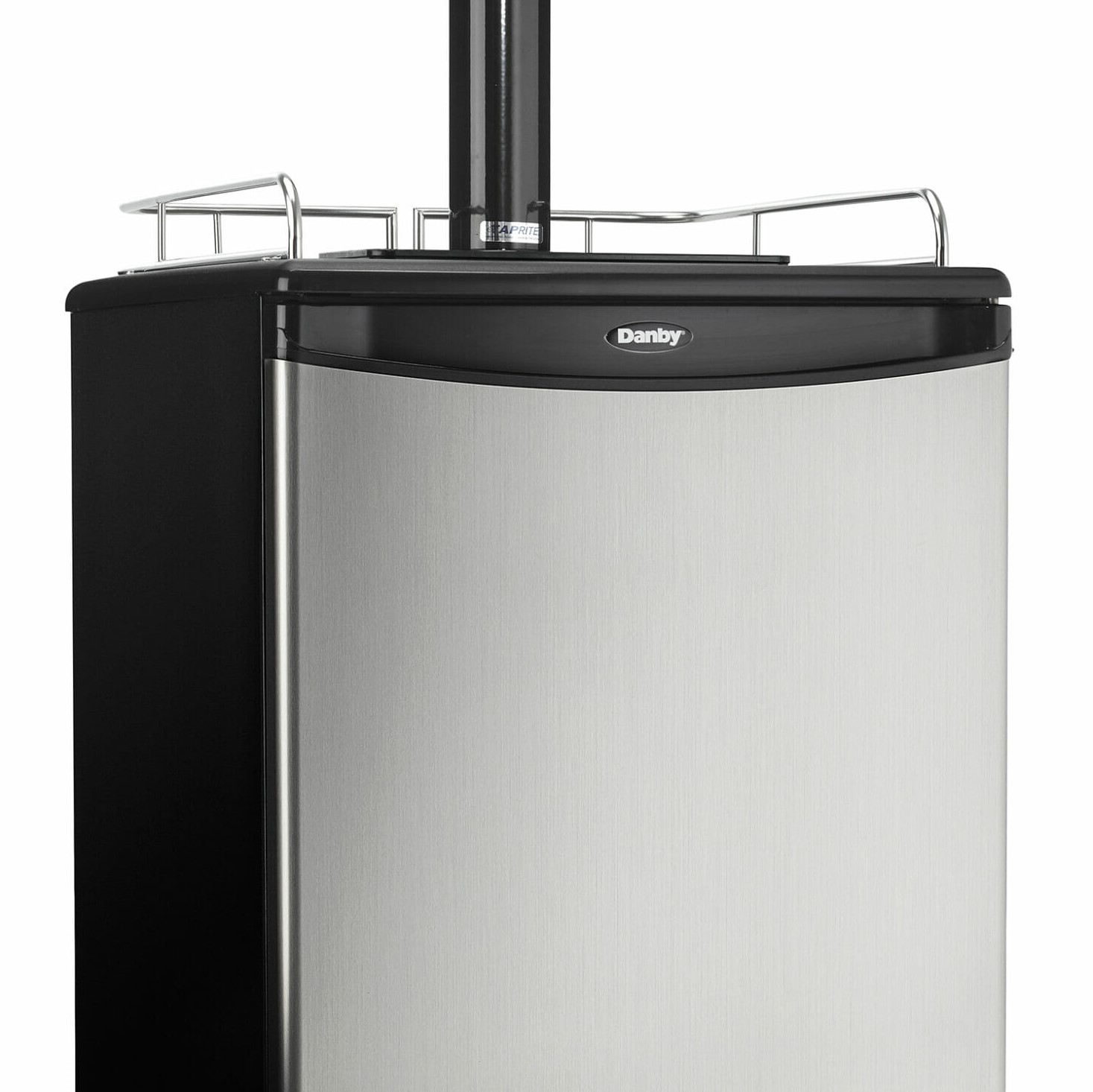
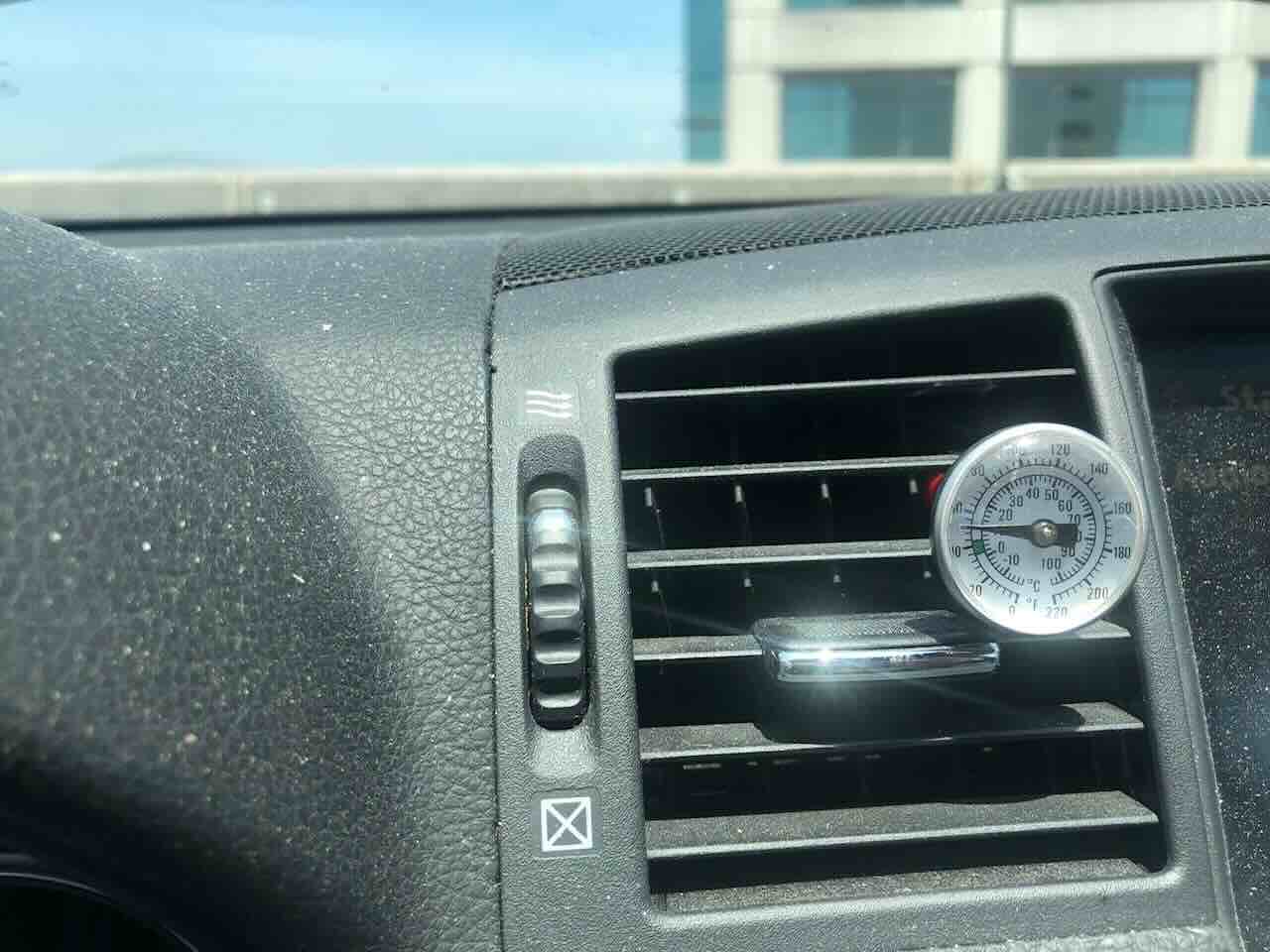
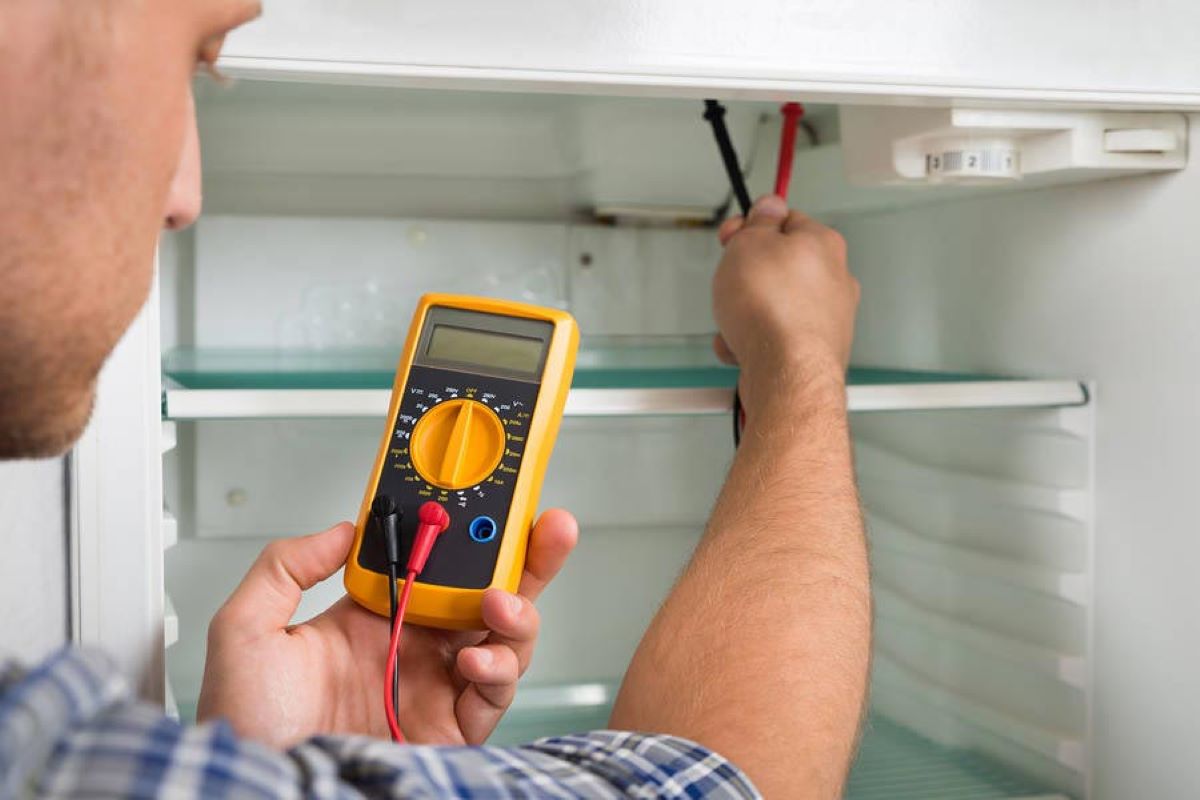
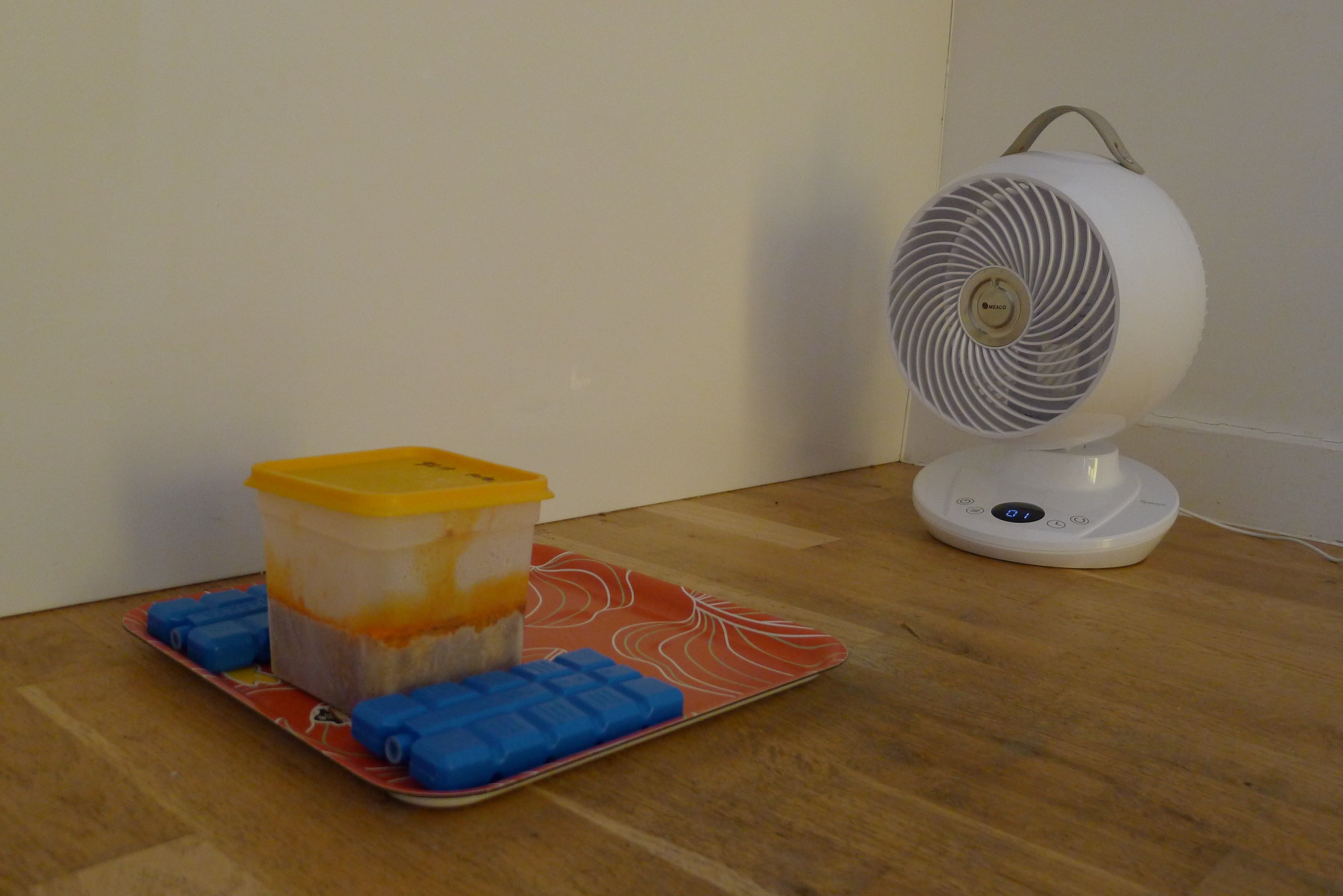
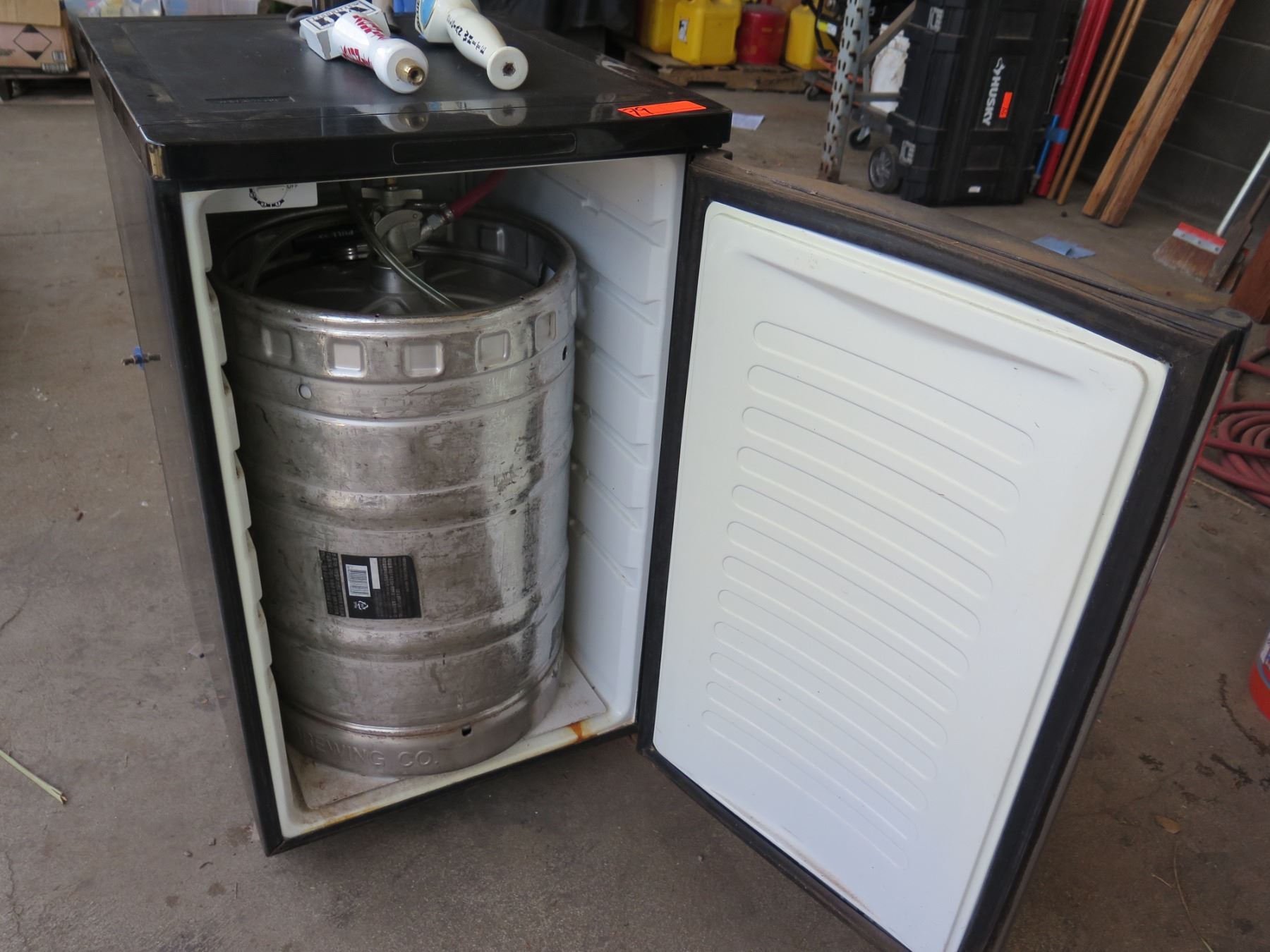
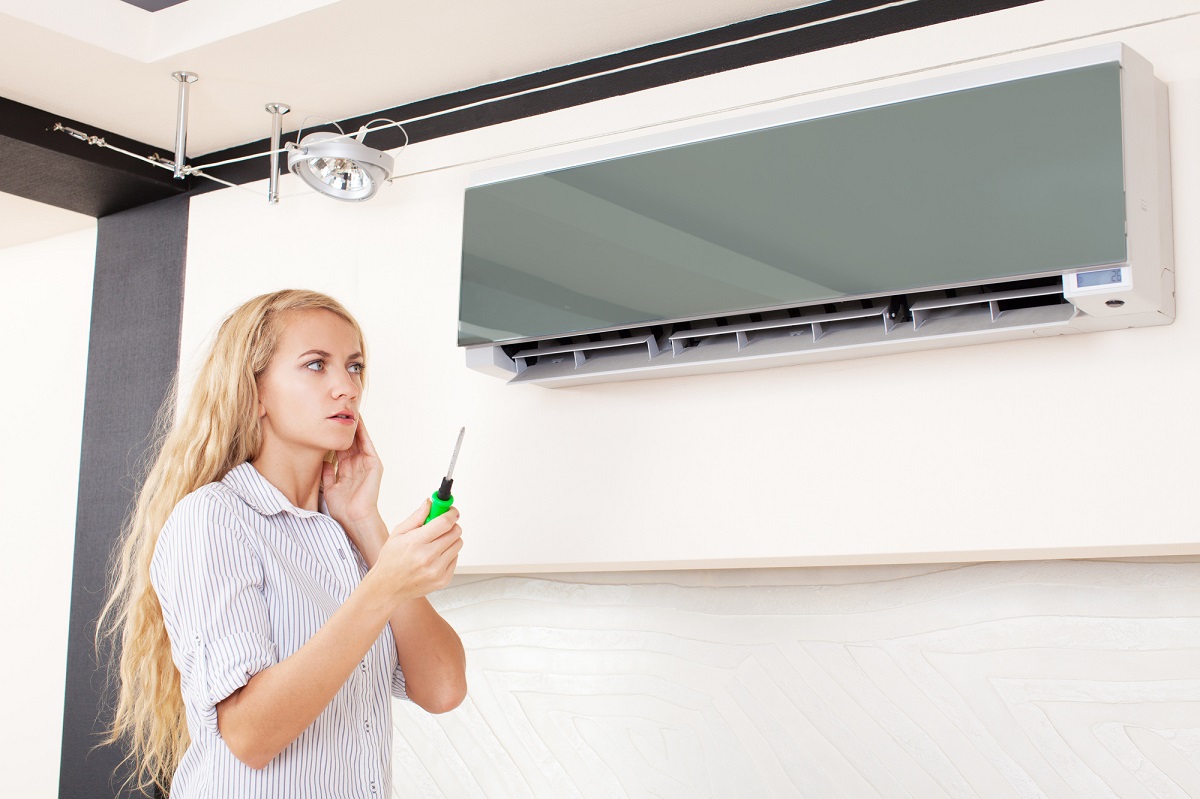
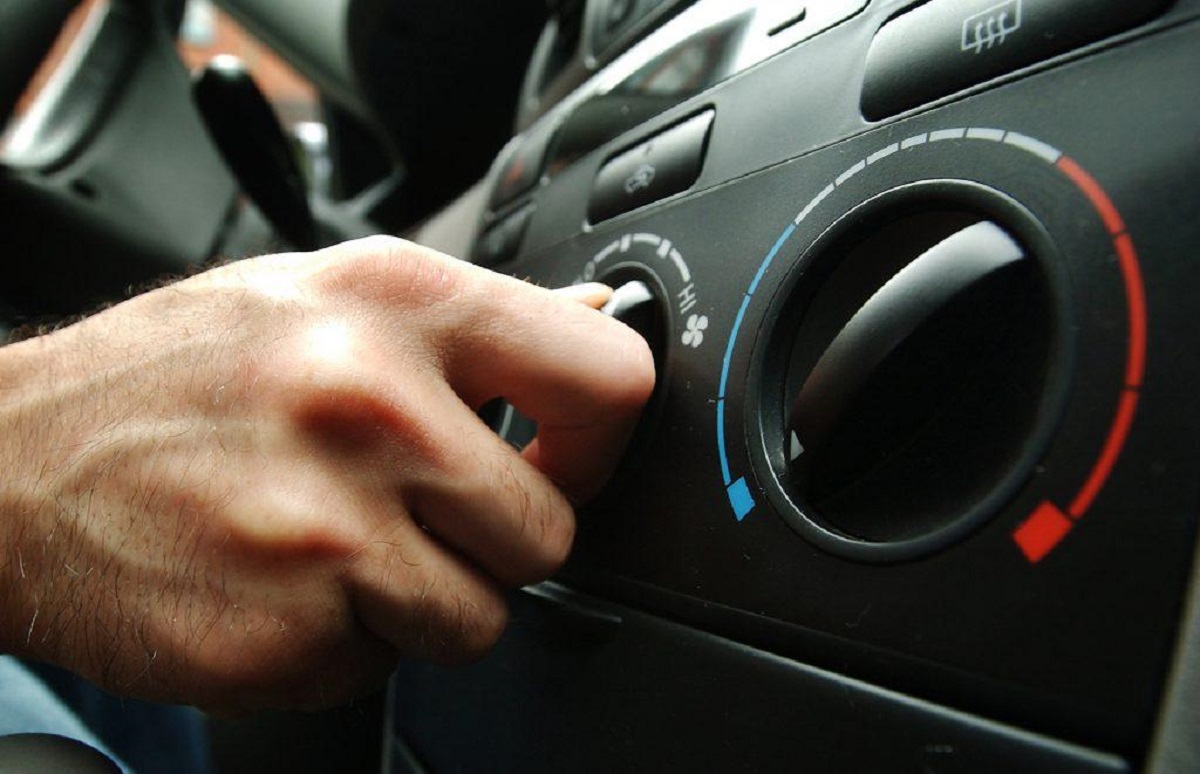
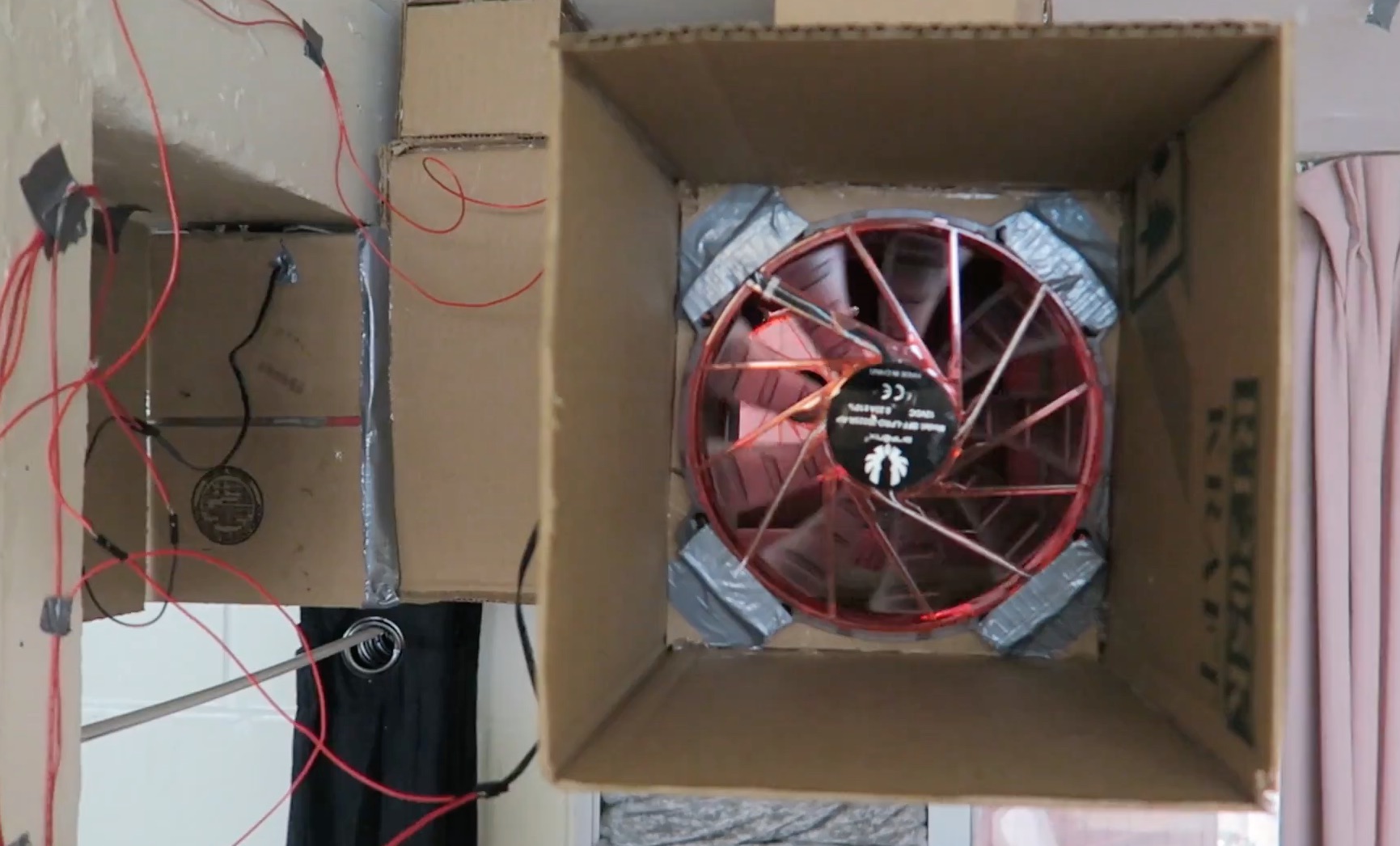
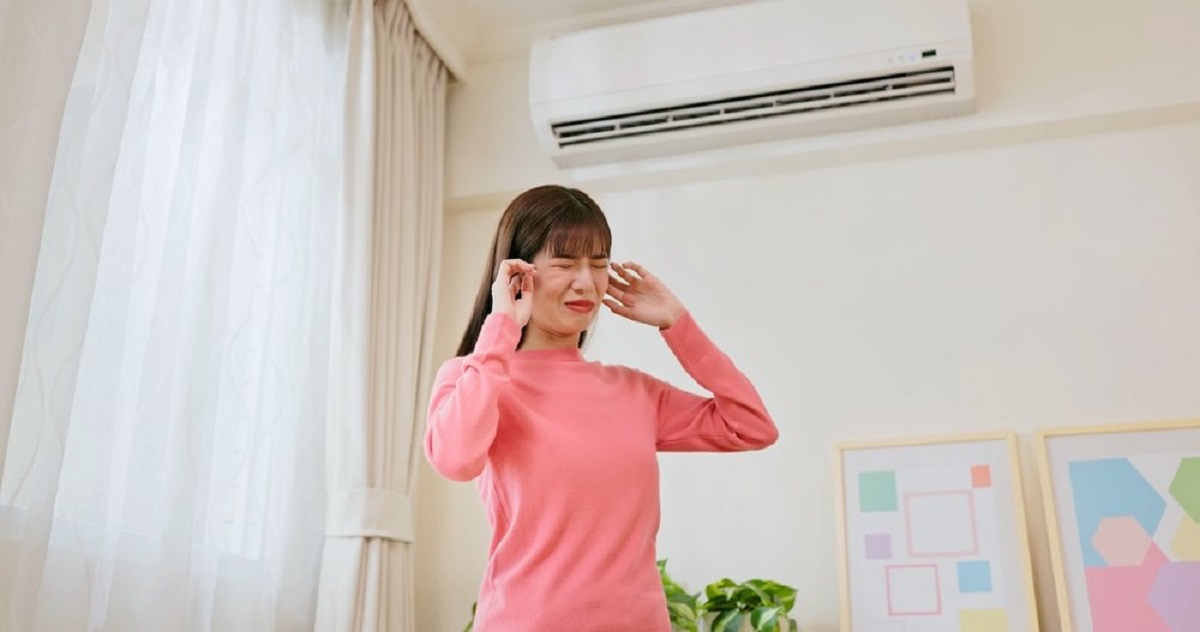
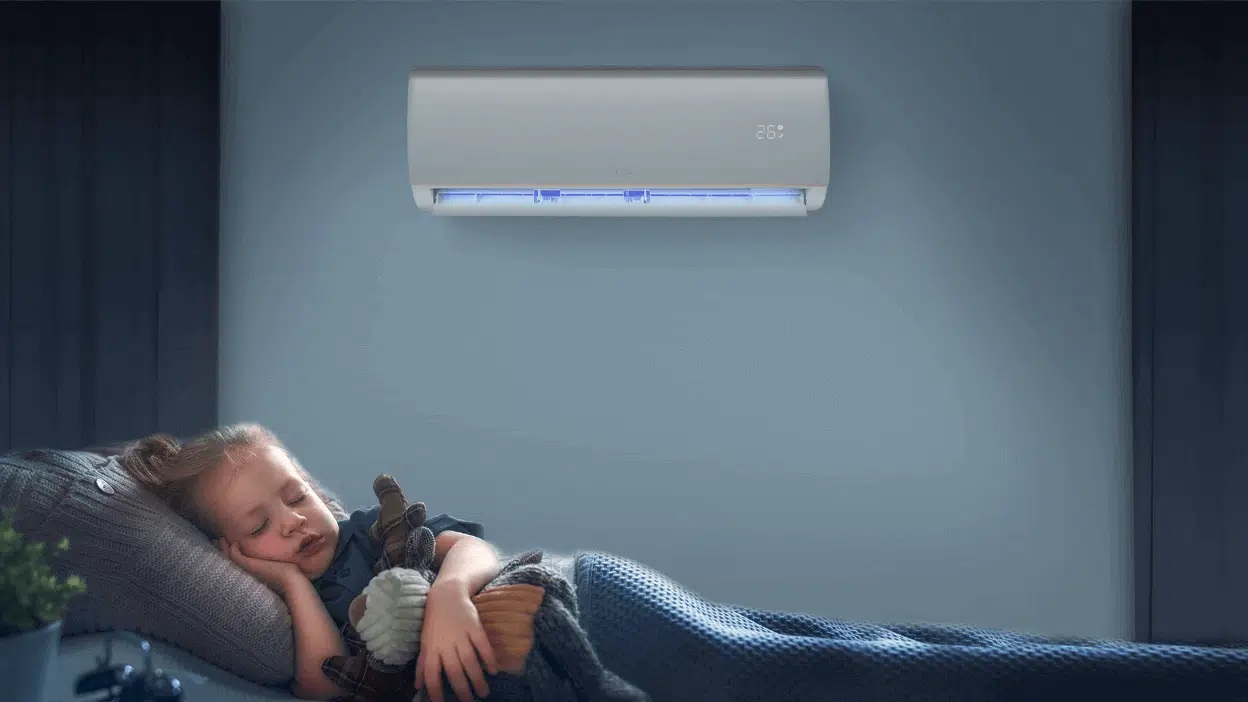

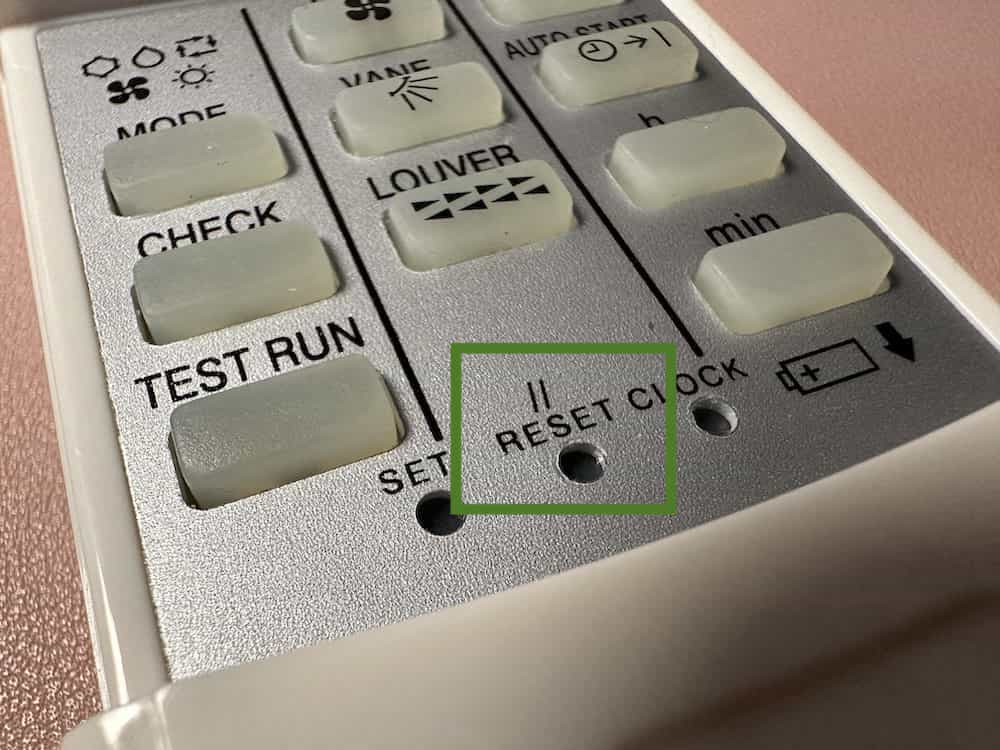
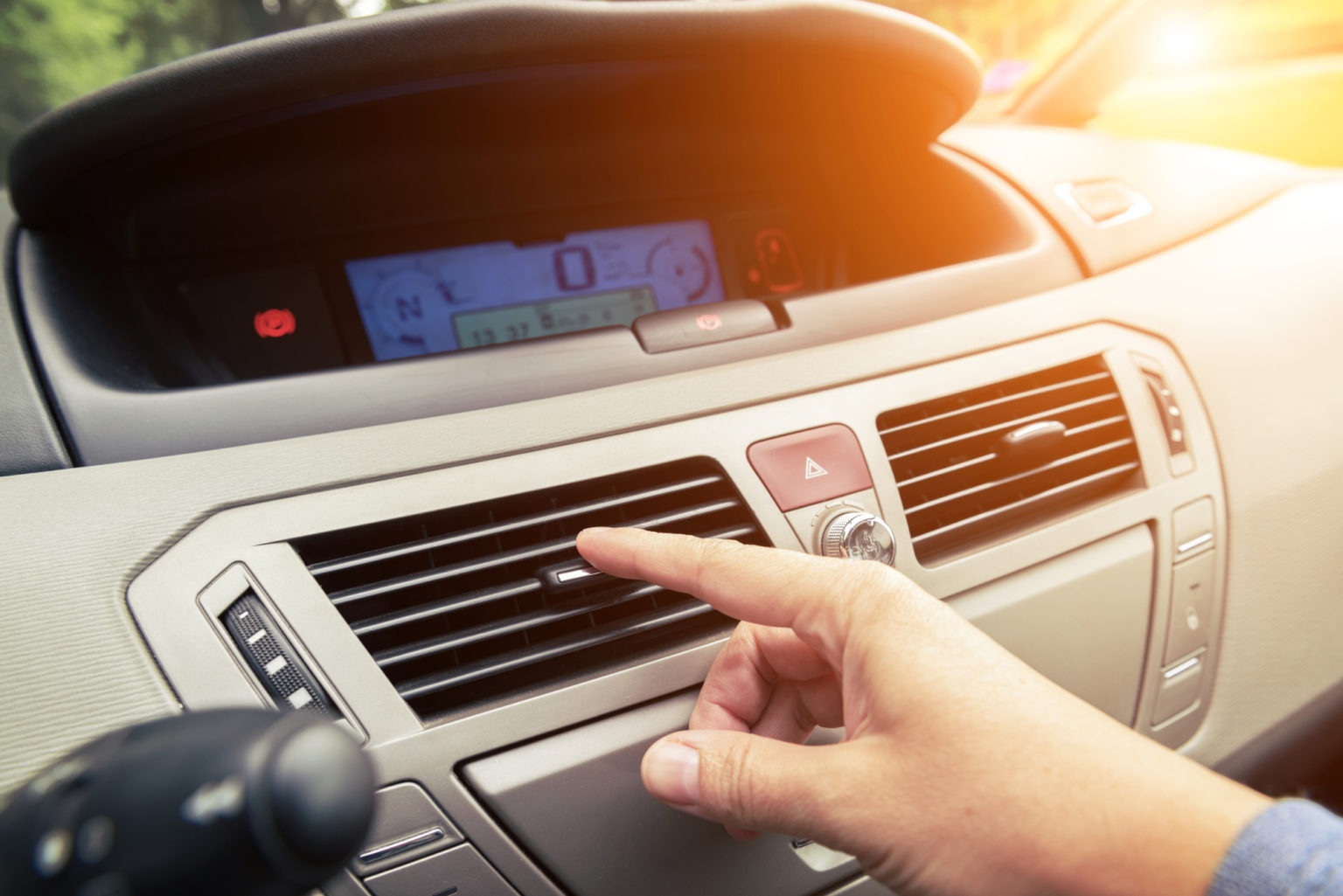

0 thoughts on “How To Make My AC Colder”